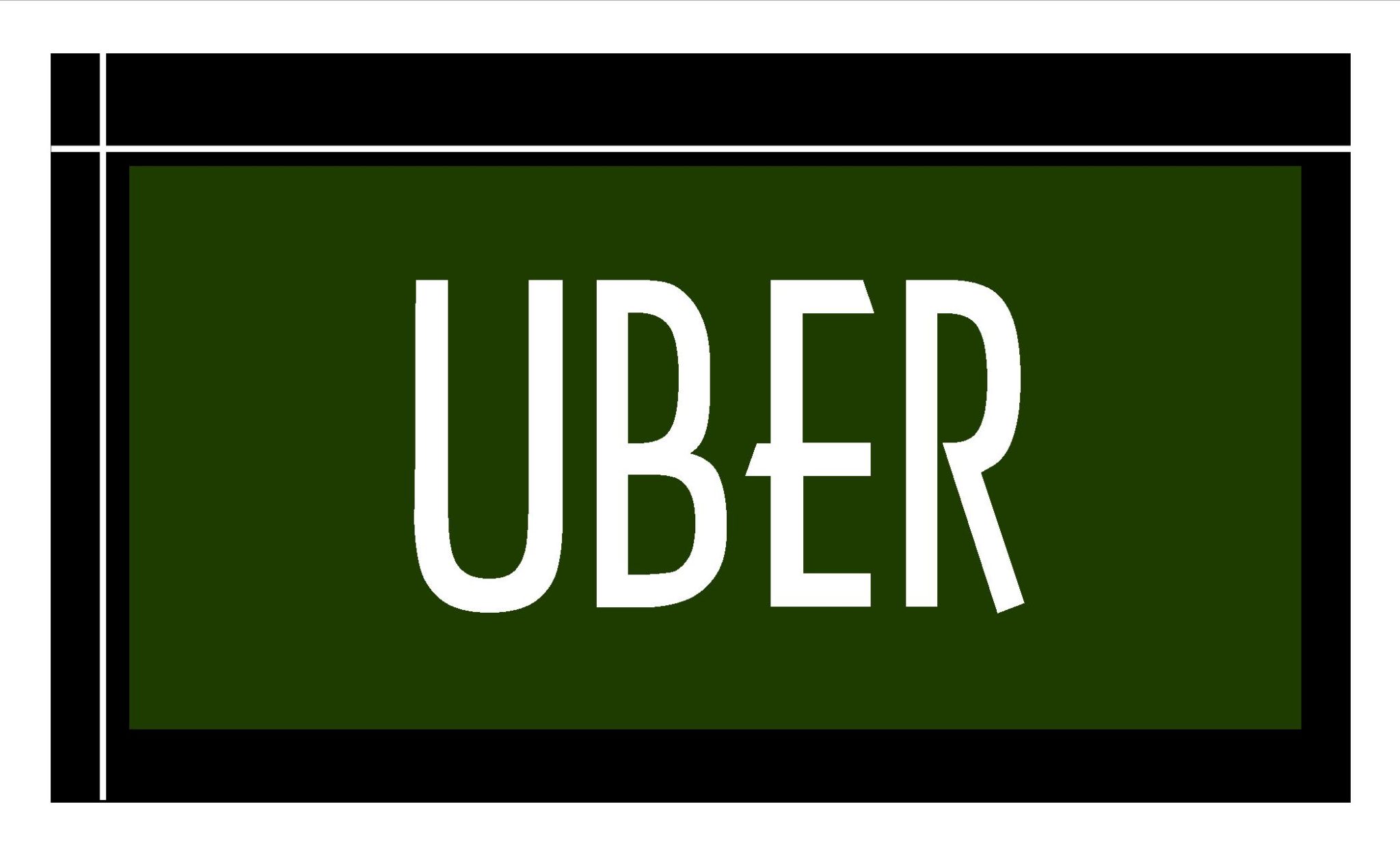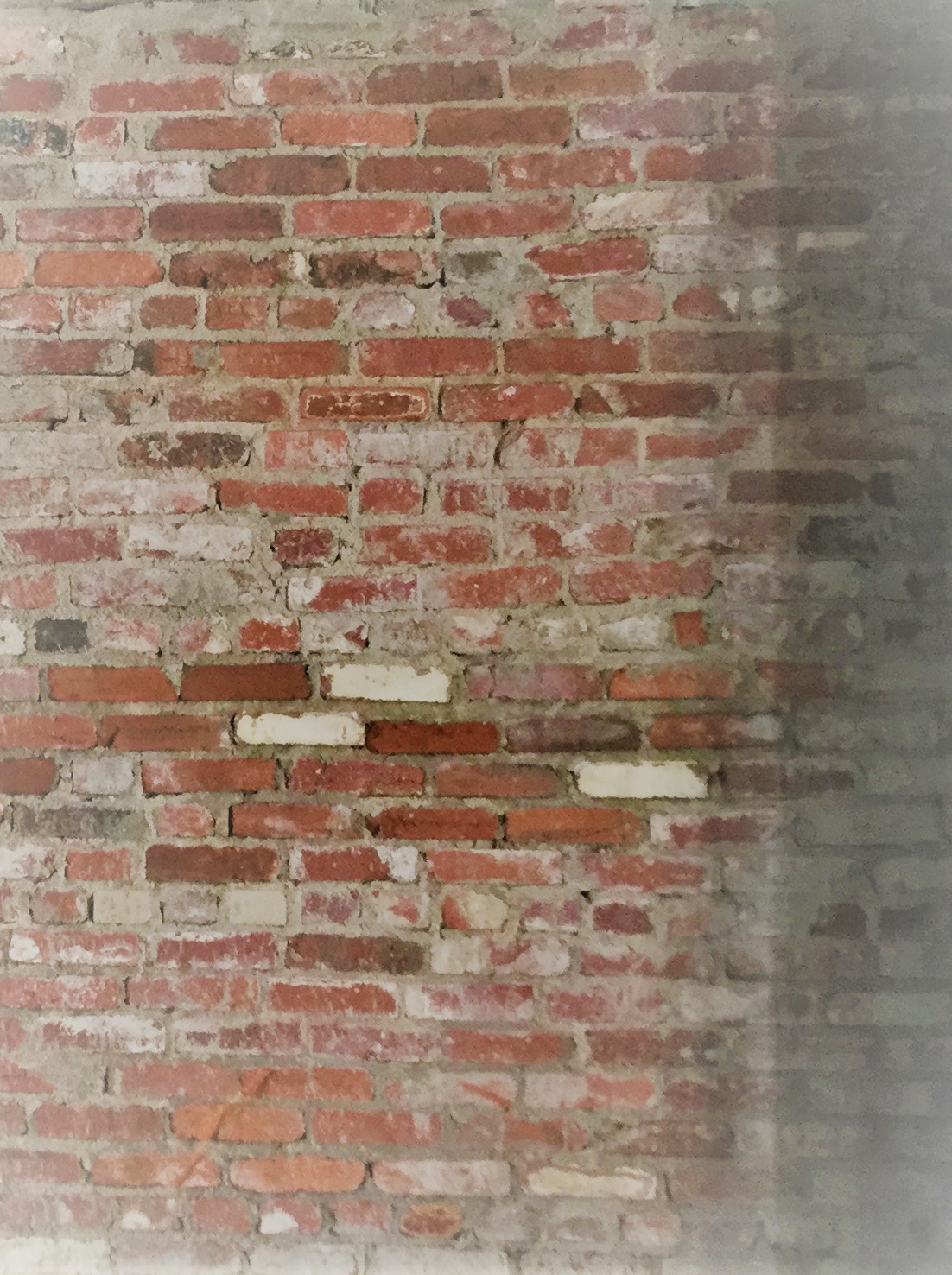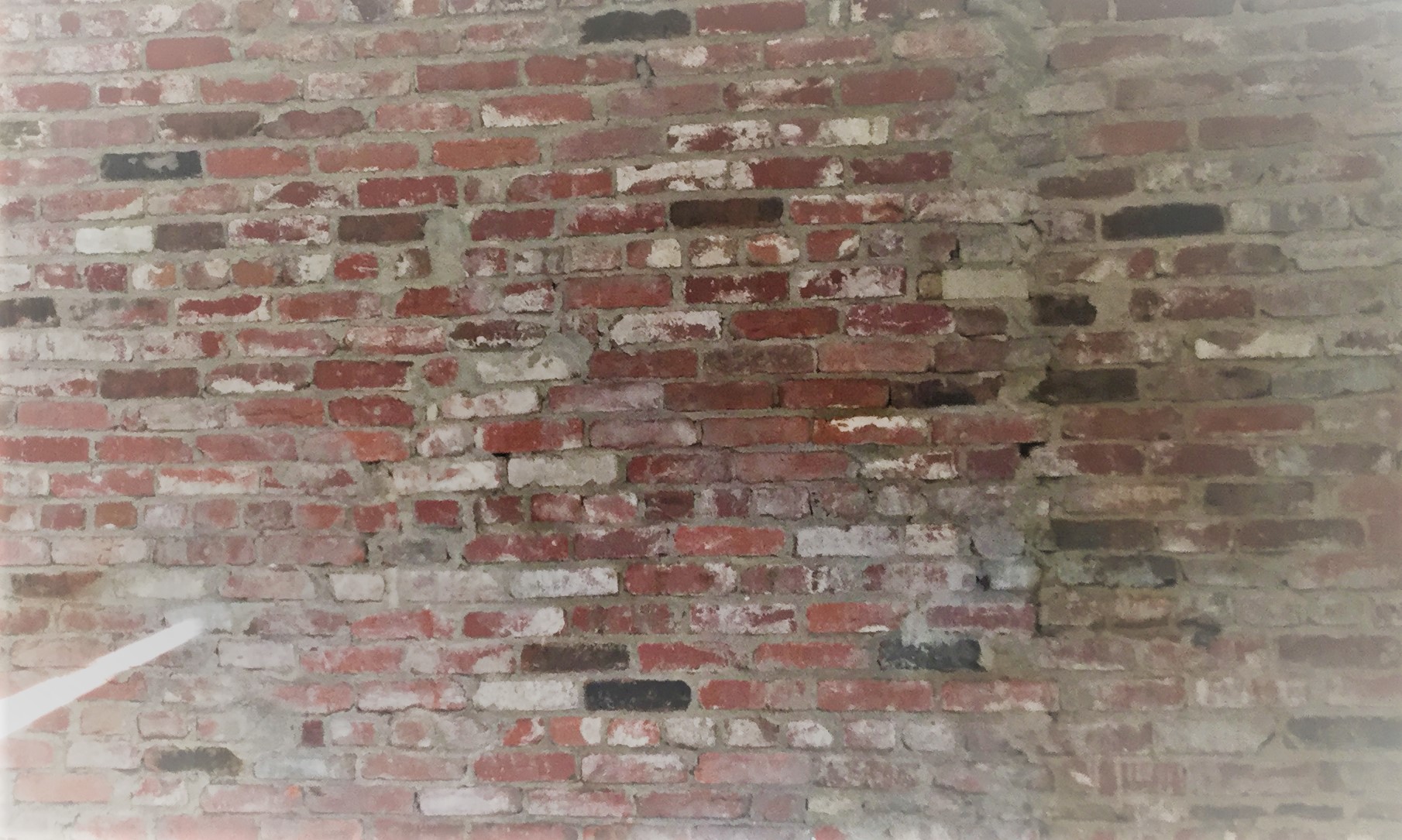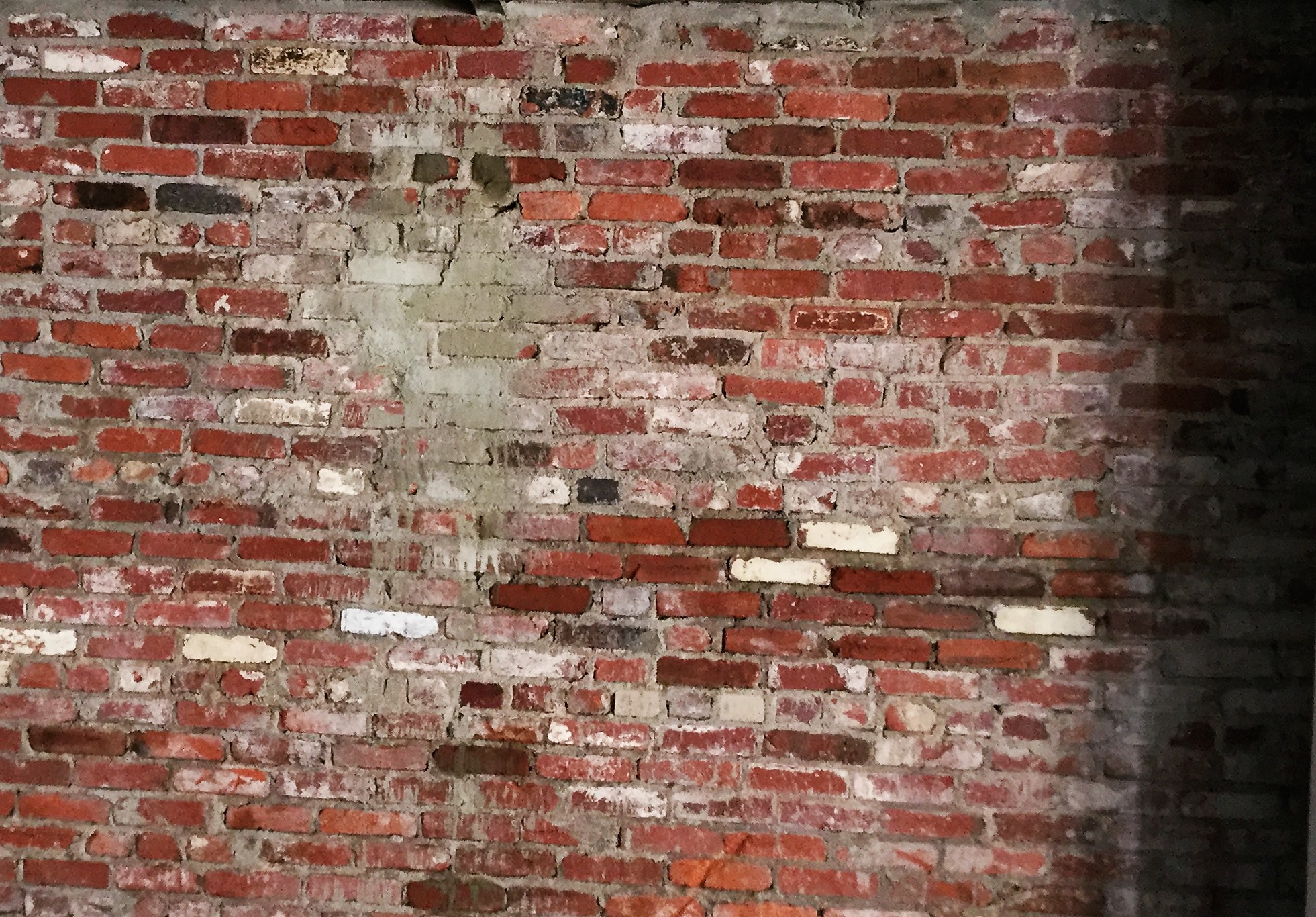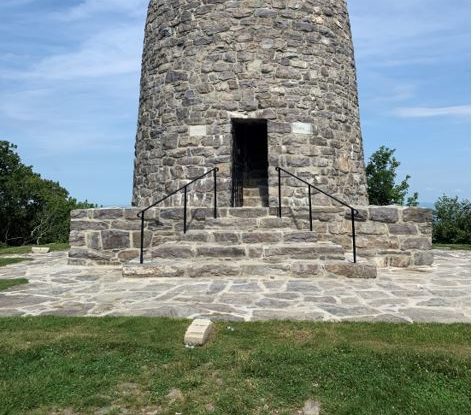This post was alternately captioned “The Simplicity and Elegance of the “German Schmear””. I went with beauty because I believe it better hits on the value of the technique and simplicity really gets to the heart of what it is that is so beautiful. This technique comes to the US from the much older buildings in Europe where interior masonry walls were either left in an unfinished state or through many years of life have simply came to be exposed in a rough fashion through renovations and deterioration of plaster or lime washed coatings.
Popular with Architects, restaurant’s, high end offices and home owner’s alike the German Schmear is accomplished by one of two methods. My favorite and the most historic or true to form method is accomplished by lightly cleaning a roughly textured historic brick wall with wood scrapers and vacuuming the loose materials from the surface of the historic brick. It is important to keep in mind that 100% of materials are not intended to be removed, only the loose materials that come off with minimal pressure. Once the wall has been scraped down the mason team will apply clean water at low pressure, such as a hand pump sprayer, and scrub lightly with a stiff bristled brush. Finally, the wall will be rinsed down with clean water at low pressure. If desired, the mason can take the extra step of applying a mild restoration cleaner to remove a little more of the materials from the face of the historic brick followed by light scrubbing and a rinse down with clean water. This technique can be used on historic brick, terra-cotta or stone walls with similar success.
The second option to achieve the German Schmear look is to take a clean brick wall and apply plaster, lime wash or appropriate paint product in a spotty fashion to mimic the look of rough brick. This technique requires skilled artisans with experience performing this type of work.
Through my work with United Building Envelope Restoration we have completed exposed interior historic brick walls with great success using the 1st method discussed. Owners, Architects and the public have all been amazed at the transition from the rough beginnings to the finished product. Many historic masonry buildings will offer the opportunity to expose a brick wall or two and I suggest to anyone with the ability to go for this look. Not only does the exposed historic masonry add warmth and historic character to a building it can often save construction costs vs. covering with drywall or other expensive materials.
